People who are interested in cross-cultural behavior and cultural differences between countries (like me) will likely know Hofstede’s work, or the works of Edward T. Hall and Fons Trompenaars. I learned about them in business school, and absolutely loved to think about their frameworks, which are almost mainstream today. In the last years I also discovered the Shalom H. Schwartz, who created, ran, and still runs a very complete survey about the values that individuals from different countries have (achievement, hedonism, power, self-direction…). But recently, I discovered a relatively new cultural theory: the theory of cultural tightness and looseness.
The theory of cultural tightness–looseness looks at the strength of social norms and the degree of sanctioning within societies
The theory of cultural tightness and looseness says that there is contrast between the degree to which social entities are “tight” (have many strongly enforced rules and little tolerance for deviance) versus “loose” (have few strongly enforced rules and greater tolerance for deviance). It has been developped by Michele Gelfand, a Professor of Psychology at the University of Maryland. In the first article about the concept, which has been published in 2006, she and her colleagues explain their theory of cultural tightness–looseness (again: it’s about the strength of social norms and the degree of sanctioning within societies). But most of the attention came after a Science article (pdf), which came out in 2011.
Watch her explain it for her university:
–
Or watch her expain it on FOX News:
I love how the reporter asks “Why do a study like that? How does it help us?” (01:30). I mean, she’s not wrong, why should we have another cultural construct and rate continents, countries, regions… along that concept? Her response is that it will help people understand how a society’s norms can be very different from one’s own, which is something different from knowing how individual values differ. People in Singapore and people have almost identical “indulgence” scores on the Hofstede dimensions (46 and 48 respectively, see here), but Singapore – known as The Fine City – has a very high tightness score. I know that 🙂
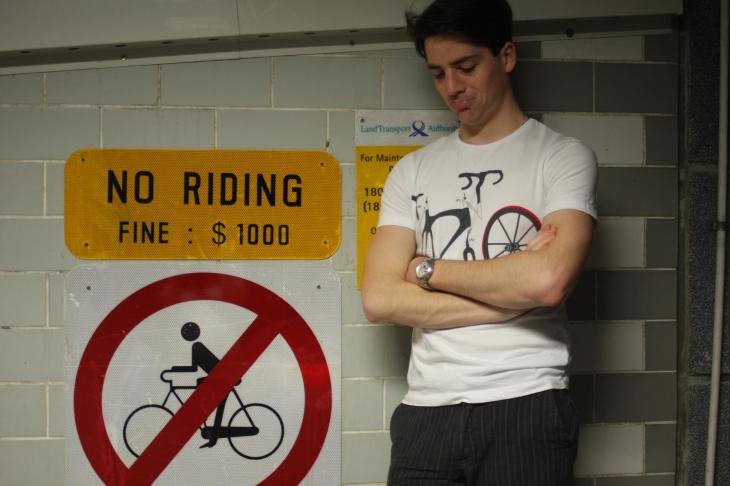
A photo taken in Singapore in 2012
Beyond the initial papers that define the construct, the interesting papers are the following ones, which prove (or not) that looking at norms and the sanctioning of norms make sense. In academia, we say that researchers verify the concept’s “ecological validity” meaning that research seeks to prove a concept’s real-world relevance. So far, Gelfand and colleagues have tested the ecological validity of “tightness-looseness” in two studies, one at a global country level, and one at the USA State level.
On a global level, Gelfand has worked with 42 colleagues from across the world to gather data about the level of tightness across the globe. They asked people to approve or disapprove statements like “There are many social norms that people are supposed to abide by in this country” or “In this country, if someone acts in an inappropriate way, others will strongly disapprove” or “People in this country almost always comply with social norms,” and used the responses to calculate the countries’ tightness scores.
The results, published in Science, indicate that cultures that are quite tight include places like Singapore, Japan, Pakistan, while loose societies include countries like New Zealand, the Netherlands, the United States. But beyond this, they proved – or at least strongly supported – the ecological validity of the concept by linking the level of tightness to socialization in societal institutions, the strength of everyday recurring situations, micro-level psychological affordances or ecological and historical threats.
For example, about the latter, they explain (I removed some correlation parentheses to make it easier to read): “Tight nations [relative to loose nations] have a dearth of natural resources, including a lower percentage of farmland, higher food deprivation, lower food supply and production, lower protein and fat supply, less access to safewater, and lower air quality. Tight nations face more disasters such as floods, tropical cyclones, and droughts and have had more territorial threats fromtheir neighbors during the period 1918–2001.”
The second study that looks to solidify the ecological validity of the tightness looseness construct appeared this week. It doesn’t look at tightness on the global level, but on the US national level. Together with a doctoral student, Jesse Harrington, Professor Gelfand just released a paper that will appear in a new issue of the Proceedings of the National Academy of Sciences and that develops a valid and reliable state-level tightness–looseness index, provides state rankings (see below), and shows how tightness is related to ecological and man-made threats, personality characteristics, and state-level outcomes.
Loose states, in green, are found primarily in the North East, the West Coast, and include some Mountain states, while tight states, in blue, are primarily in the South and parts of the Midwest of the United States. “Our study shows there is a quantifiable principle that can account for a large swath of state differences in ecological and human-made conditions, personality characteristics, and various state outcomes,” said Gelfand as reported on Phys.org. “Tight states tend to be more socially stable, orderly and exhibit more personal self-control—yet tightness is also linked to higher incarceration rates, greater discrimination, lower creativity, and lower happiness,” Harrington added.
Tight states tend to be more socially stable, orderly and exhibit more personal self-control—yet tightness is also linked to higher incarceration rates, greater discrimination, lower creativity, and lower happiness
Gelfand and Harrington hope that their new research on tightness and looseness will ultimately inform national conversations and policy decisions on critical topics. “A better understanding of the cultural variation across the 50 states is critical to improving communication, cooperation, and progress when it comes to making decisions that affect our nation,” Gelfand said. “The challenges we face as a nation require cooperation if we want real change. This research might help us understand why we differ and to help us to develop common ground.”
Whill policy makers in the US and beyond, or even companies, will use this research in the future? It will probably take time for the construct of tightness and looseness to become mainstream, as the coverage still comes from papers and specialized scientific blogs. I guess is will then spill over to be taught in business school and relayed by consultants.
But the early academic publications are setting very solid foundations for the construct, making it a very viable approach to look at cross-cultural matters through a society’s social norms, rather than through its individuals’ values. I’m looking forward to reading more about this stream of research, which will certainly develop in the next years.
Read more:
- Loose vs. tight societies (Discover Magazine, by Razib Khan)
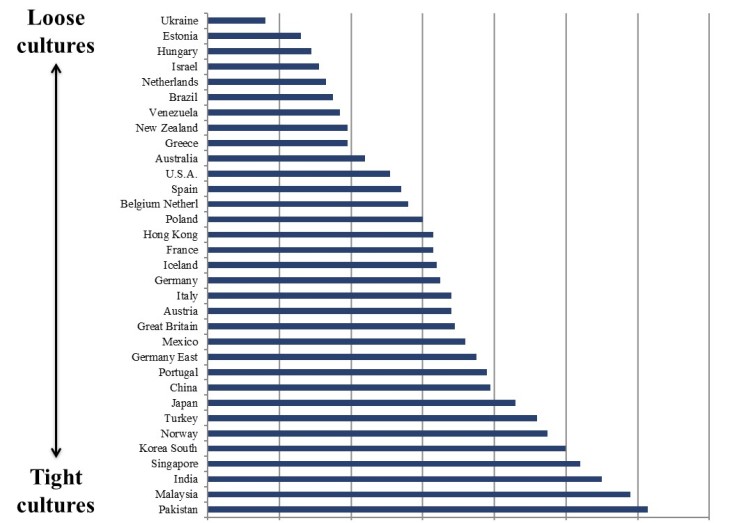
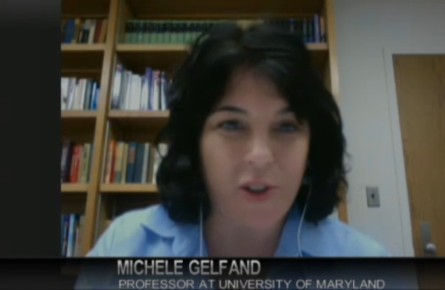
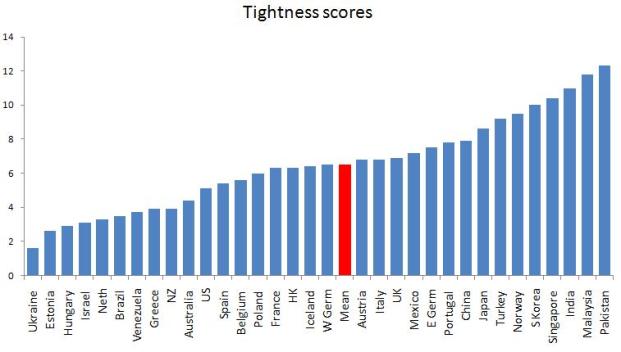
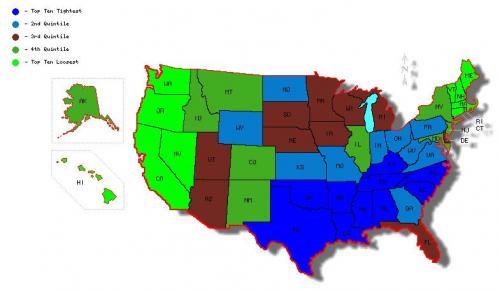

Great, thanks lot for these type of post.
[…] paper looks at the effect of culture (the extent to which countries have strong cultural norms and enforce them strictly) on peoples’ […]
Reblogged this on Site Title and commented:
Thanks for the post!
Not surprised
[…] 6https://yannigroth.com/2014/05/24/a-new-cultural-construct-tightness-looseness-of-societies/ (An independent blog post about Tightness-looseness—if you don’t want to read a whole academic paper) […]